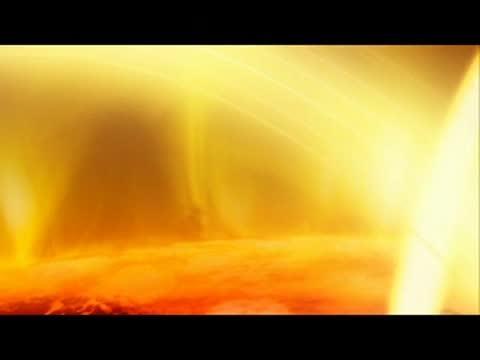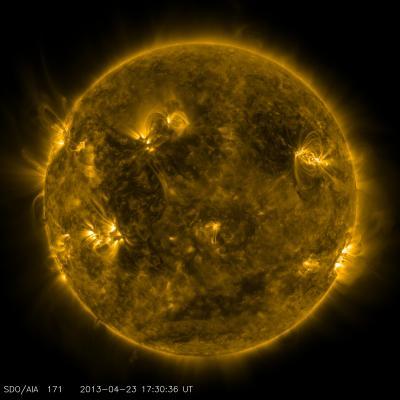In addition to having a lower cost, sounding rockets offer a valuable test bed for new technology that may subsequently be flown on longer-term space missions. Another advantage of sounding rockets is that the instruments parachute back to the ground so they can be recovered and re-used. The EUNIS mission will be re-tuned to focus on a different set of solar wavelengths – ones that can also spot the extremely high temperature material representative of nanoflares -- and fly again sometime in 2016.
EUNIS was supported through NASA's Sounding Rocket Program at the Goddard Space Flight Center's Wallops Flight Facility in Virginia. NASA's Heliophysics Division manages the sounding rocket program. EUNIS launched from the White Sands Missile Range in New Mexico. At the time of flight, the principal investigator for EUNIS was Doug Rabin at Goddard.

NASA's EUNIS sounding rocket mission spotted evidence to explain why the sun's atmosphere is so much hotter than its surface.
(Photo Credit: NASA/Goddard/Duberstein)

NASA's Solar Dynamics Observatory captured this image of what the sun looked like on April 23, 2013, at 1:30 p.m. EDT when the EUNIS mission launched. EUNIS focused on an active region of the sun, seen as bright loops in the upper right in this picture.
(Photo Credit: NASA/SDO)
Source: NASA/Goddard Space Flight Center